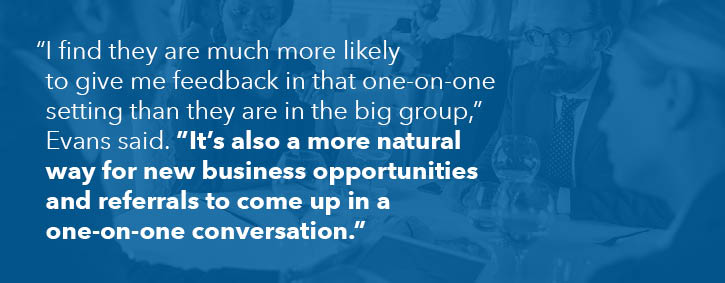Co-learning to make the industry better
As director of RIA Distribution at Capital Group, Eric Grey is keen that his team stays abreast of its clients’ goals and how Capital can help achieve them. That led to the launch of the Capital Group RIA Advisory Board in late 2019. Each member was chosen so that the board would have a range of C-suite experience.
“The RIA industry changes so quickly that we wanted to stay current and be able to get their reactions in real time,” Grey said. “Over the past 20 months, with the pandemic disrupting everything, it’s been absolutely critical to have those voices.”
Board feedback, for example, helped Capital understand how RIAs might incorporate ESG investments into their portfolios so that they can serve clients who want to invest in that sector.”
RIAs are in a fragmented industry and, pandemic aside, their business is in the middle of profound structural shifts, including an aging advisor cohort, record-breaking merger and acquisition activity, and struggles to diversify both their ranks and the clients they advise. The RIA Advisory Board (alongside Capital Group’s RIA Insider website) can serve as a gathering spot for independent RIAs to meet and exchange ideas.
The bimonthly board meetings have hosted discussions ranging from COVID disruptions, to the industry and broader economy, to the growing role environmental, social and governance investing is playing in the industry. “We also want to share networks and give them access to learning and individuals that they might not otherwise have access to,” Grey said. “It’s definitely been a case of iron sharpening iron.”
Top tip: Include members outside your circle of relationships.
While some of the board members are long-term partners with Capital Group, some are new to the firm. “We wanted that,” Grey said. “Those that you don’t know well will bring a different and valuable perspective and candor to the conversation.” What all members share, he added, is a set of values and a desire to “contribute beyond their front porch.”
For more information about Capital Group’s RIA Advisory Board, click here.




